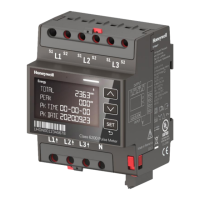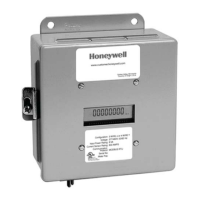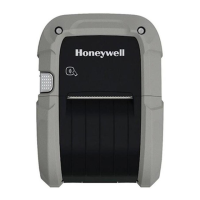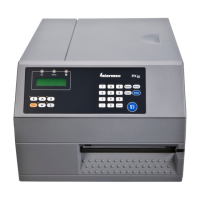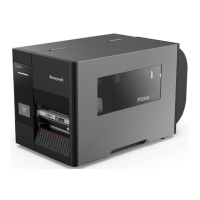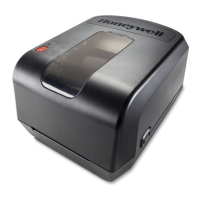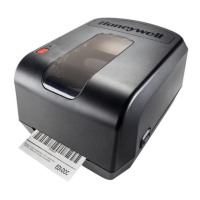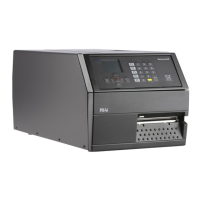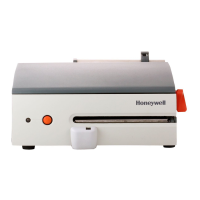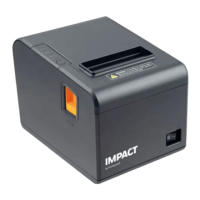FORMAT RECORD COMMANDS
A format record is a data string that contains the information to be printed on labels.
Records are the building blocks of label formats.
Every record must end with a termination character (usually a carriage return, <CR>).
Omitting termination characters will result in the concatenation of records. Omitting
the carriage return that precedes the termination character E, which is necessary to
complete the label formatting and begin printing, will cause the printer to continue
interpreting all subsequent data as label print format records.
Generating Records
Every record is made of three parts:
1. A header that is *15 bytes in length,
2. The data to be printed, and
3. A termination character (e.g., <CR>) marking the end of the field.
The header is used to select the appearance of the data when printed by choosing
rotation, font type, size, and position options. Every header contains similar
information, but different types of records may use this information in different ways.
The six record types are:
1. Internal bitmap fonts
2. Smooth fonts
3. Scalable fonts
4. Barcodes
5. Images
6. Graphics (lines, boxes, etc.)
See Format Record Structure for definitions of how these records are constructed for
each of the six field types.
l
Internal Bitmapped Fonts
l
Smooth Font, Font Modules, and Downloaded Bitmapped Fonts
l
Scalable Fonts
l
Images
DPL Command Reference
158
CHAPTER
8
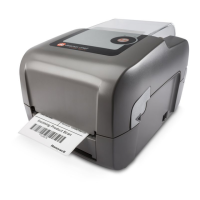
